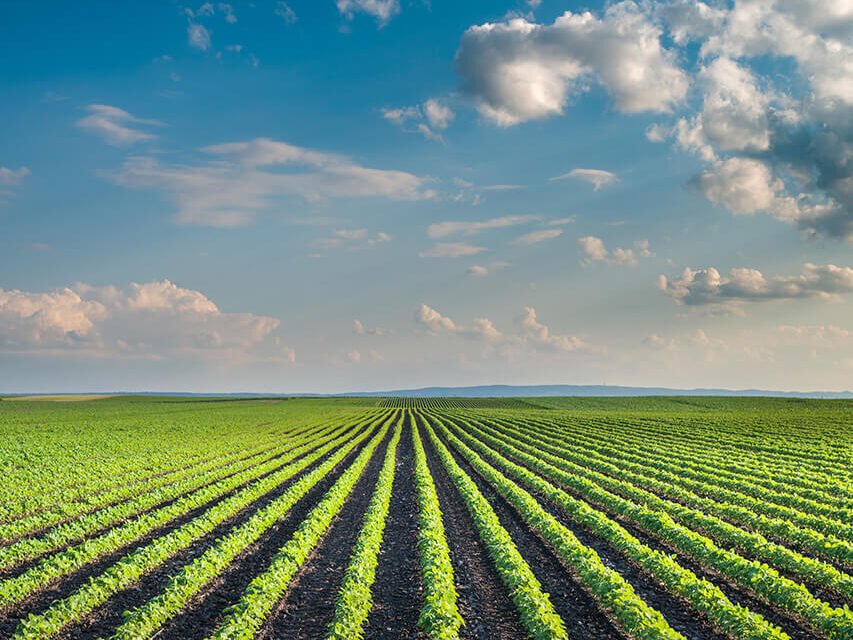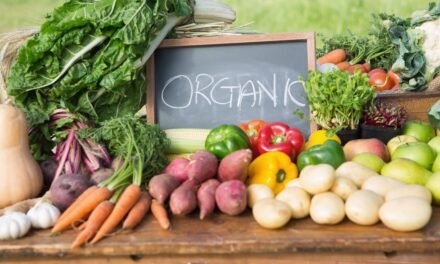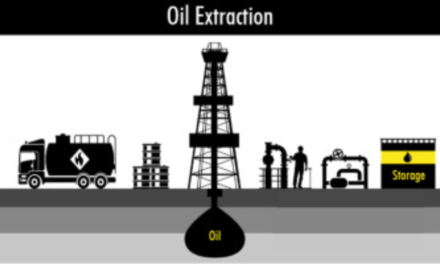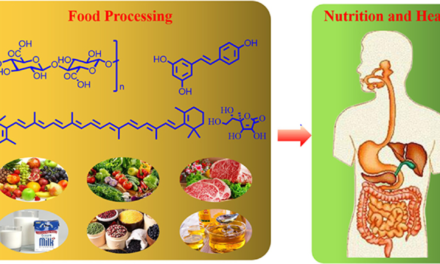Innovations in rice cultivation are addressing challenges such as climate change, water scarcity, pest management, and the need for higher yields to feed a growing population. These advancements focus on improving efficiency, sustainability, and resilience in rice production. Here are the key innovations shaping the future of rice cultivation:
1. Development of Climate-Resilient Rice Varieties
- What It Is:
- Breeding rice varieties that can withstand drought, floods, salinity, heat, and cold stress.
- Examples:
- Swarna-Sub1: A flood-tolerant variety that survives submergence for up to two weeks.
- DRR Dhan 48: A drought-tolerant variety used in rainfed areas.
- Impact:
- Increases resilience to climate variability, ensuring stable yields in adverse conditions.
2. Precision Agriculture
- What It Is:
- The use of technology to monitor and manage inputs like water, fertilizers, and pesticides more efficiently.
- Key Technologies:
- Drones: Monitor crop health, apply fertilizers, and spray pesticides.
- IoT Sensors: Track soil moisture, temperature, and nutrient levels in real time.
- Satellite Imaging: Provides large-scale data on crop conditions for decision-making.
- Impact:
- Reduces resource use and operational costs while increasing productivity.
3. Alternate Wetting and Drying (AWD)
- What It Is:
- A water-saving irrigation technique where fields are intermittently dried instead of being continuously flooded.
- Impact:
- Saves up to 30% of water without compromising yields.
- Reduces methane emissions, contributing to climate change mitigation.
4. Mechanization and Automation
- What It Is:
- The adoption of machines for planting, harvesting, and post-harvest processing.
- Innovations:
- Rice Transplanters: Automate the process of transplanting seedlings.
- Combine Harvesters: Integrate cutting, threshing, and cleaning in a single operation.
- Impact:
- Reduces labor costs and time while ensuring consistent operations.
5. CRISPR and Gene Editing
- What It Is:
- Genetic engineering techniques to develop rice varieties with enhanced traits.
- Applications:
- Increase resistance to pests and diseases (e.g., bacterial blight).
- Improve grain quality, yield, and nutrient content (e.g., biofortified rice with higher iron and zinc).
- Impact:
- Faster development of tailored rice varieties to meet specific challenges.
6. Direct-Seeded Rice (DSR)
- What It Is:
- Sowing rice seeds directly into the field without transplanting.
- Benefits:
- Saves water and labor compared to traditional methods.
- Reduces methane emissions by avoiding prolonged field flooding.
- Impact:
- More sustainable and cost-effective rice production.
7. Integrated Pest and Disease Management (IPM)
- What It Is:
- Combining biological, cultural, mechanical, and chemical methods to control pests and diseases.
- Innovations:
- Biopesticides and biological control agents (e.g., Trichogramma wasps for pest eggs).
- AI-powered pest monitoring and early warning systems.
- Impact:
- Reduces pesticide use, lowering costs and environmental impact.
8. Biofortified Rice
- What It Is:
- Nutritionally enhanced rice varieties developed through breeding or biotechnology.
- Examples:
- Golden Rice: Enriched with Vitamin A to address nutritional deficiencies.
- Iron- and Zinc-Rich Varieties: Improve micronutrient availability.
- Impact:
- Addresses malnutrition in rice-dependent populations.
9. Smart Irrigation Systems
- What It Is:
- Technology-driven systems that optimize water use in rice fields.
- Examples:
- Solar-powered irrigation pumps.
- Automated drip and sprinkler systems tailored to rice crops.
- Impact:
- Reduces water wastage and energy consumption.
10. Sustainable Practices
- What It Is:
- Adopting eco-friendly farming techniques to protect the environment.
- Innovations:
- Organic rice cultivation to meet growing demand for chemical-free products.
- Use of biofertilizers and organic amendments to improve soil health.
- Zero-tillage farming to conserve soil structure and reduce erosion.
- Impact:
- Enhances long-term sustainability and biodiversity.
11. Blockchain for Traceability
- What It Is:
- Using blockchain technology to track rice from farm to fork.
- Benefits:
- Ensures transparency in the supply chain, enhancing consumer trust.
- Provides fair pricing for farmers by reducing middlemen.
- Impact:
- Adds value to rice in premium markets by ensuring quality and origin authenticity.
12. Vertical Farming and Urban Rice Cultivation
- What It Is:
- Growing rice in controlled environments using vertical farming systems.
- Benefits:
- Uses less water and land, making it viable in urban areas.
- Ensures year-round production in climate-controlled conditions.
- Impact:
- Addresses food security challenges in densely populated regions.
13. Use of Artificial Intelligence (AI)
- What It Is:
- AI-powered tools analyze large datasets to optimize rice farming practices.
- Applications:
- Predicting crop yields and pest outbreaks.
- Optimizing planting schedules based on weather and soil conditions.
- Impact:
- Improves decision-making, reducing risks and enhancing productivity.
14. Hybrid and Super Hybrid Rice
- What It Is:
- Developing high-yielding rice hybrids through cross-breeding.
- Examples:
- Super hybrid rice developed in China with yields up to 20% higher than conventional varieties.
- Impact:
- Increases food production to meet growing demand.
15. Circular Economy in Rice Cultivation
- What It Is:
- Utilizing rice by-products like husks, straw, and bran for additional value.
- Innovations:
- Using rice husks for bioenergy and silica production.
- Converting straw into animal feed or compost.
- Impact:
- Reduces waste and adds value to rice farming systems.
16. Digital Platforms for Farmer Empowerment
- What It Is:
- Mobile apps and online platforms that provide farmers with real-time data and resources.
- Examples:
- Apps offering weather forecasts, market prices, and pest management advice.
- Impact:
- Empowers farmers with knowledge and tools for better decision-making.
17. Carbon Farming and Climate Credits
- What It Is:
- Incentivizing farmers to adopt low-emission practices like AWD and no-till farming.
- Benefits:
- Farmers earn carbon credits for reducing methane and carbon emissions.
- Promotes sustainable farming.
- Impact:
- Contributes to climate change mitigation while boosting farmer income.
Conclusion
Innovations in rice cultivation are transforming the sector into a more sustainable, efficient, and resilient industry. From advanced breeding techniques and precision farming to blockchain traceability and climate-smart practices, these developments are equipping farmers to meet future challenges while ensuring food security and environmental conservation. Adoption of these innovations will be crucial for maximizing productivity, adapting to climate change, and addressing global demand.
Hashtags
#RiceHarvesting #AgriculturalInnovation #RiceFarmers #ModernFarming #RiceResearch #FarmingTechnology #RiceFields #SustainableFarming #RiceVarieties #AgriculturalRevolution #RiceEconomy #FarmingSolutions #RiceSustainability #AgriculturalAdvancements #RiceCrops #FarmingInnovations #RiceYields #AgriculturalProgress #RiceTechnology #FarmingEfficiency









